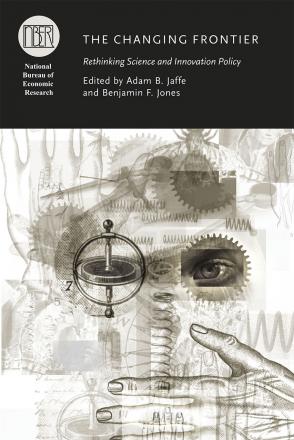Why and Wherefore of Increased Scientific Collaboration

We examine international and domestic collaborations using an original survey of corresponding authors and Web of Science data of articles that had at least one US coauthor in Particle and Field Physics, Nanoscience and Nanotechnology, and Biotechnology and Applied Microbiology. The data identify the connections among coauthors and the views of corresponding authors about the collaboration. We find that collaborations have increased across US cities and between US researchers and researchers abroad. However, they show sufficient similarity to indicate that collaborations are best viewed in many regards as occurring across space broadly rather than in terms of international vs. domestic collaborative activity. We also document that the main reason scientists give for collaborations is to combine the specialized knowledge and skills of coauthors. The vast majority report that face-to-face meetings are important; most collaborators first met working in the same institution and communicate often through meetings with coauthors from distant locations. Finally, we find that for biotech, citations to international papers are higher compared to papers with domestic collaborators only, but not for the other two fields. Moreover, in all three fields, papers with the same number of coauthors had lower citations if they were international collaborations.


